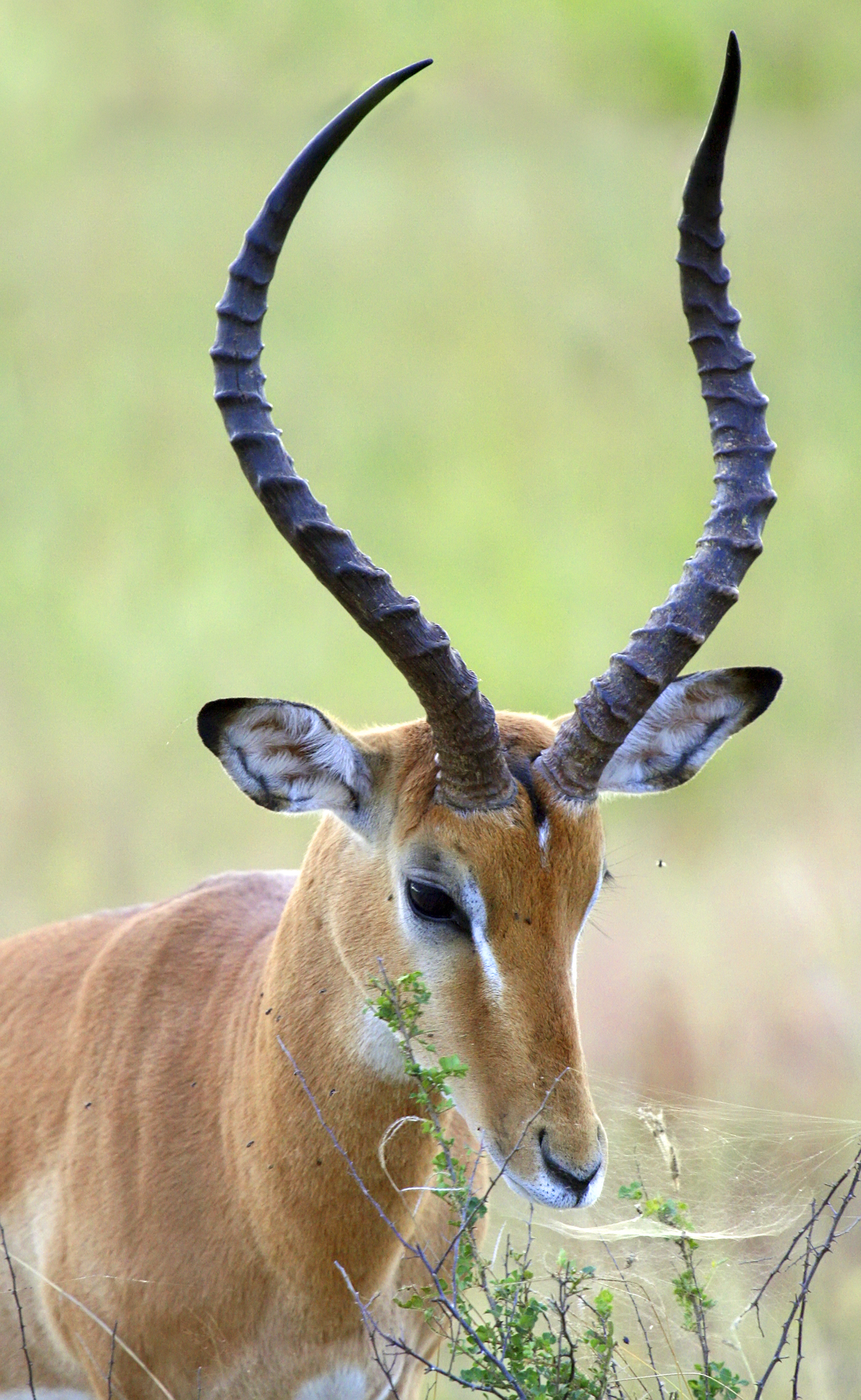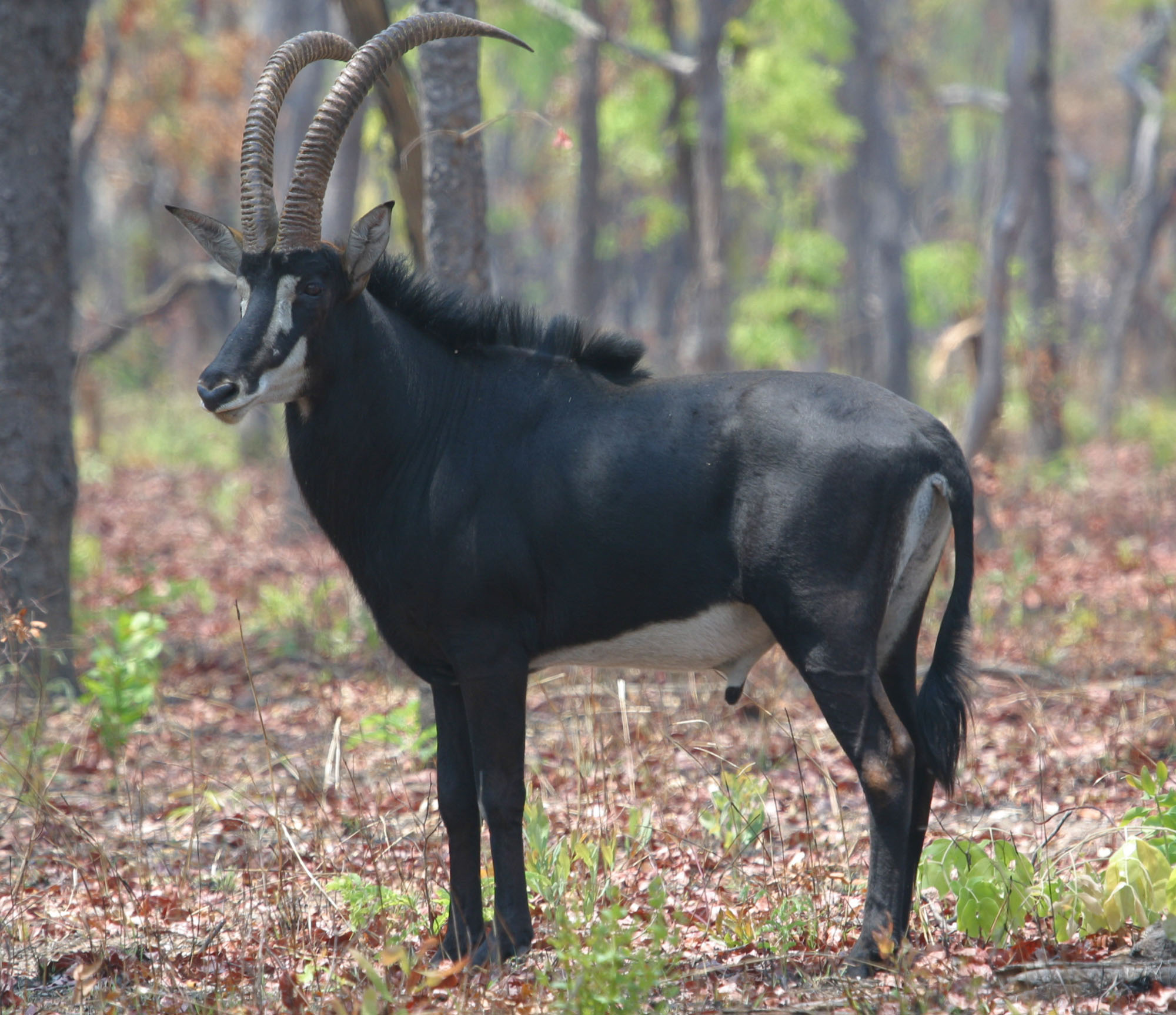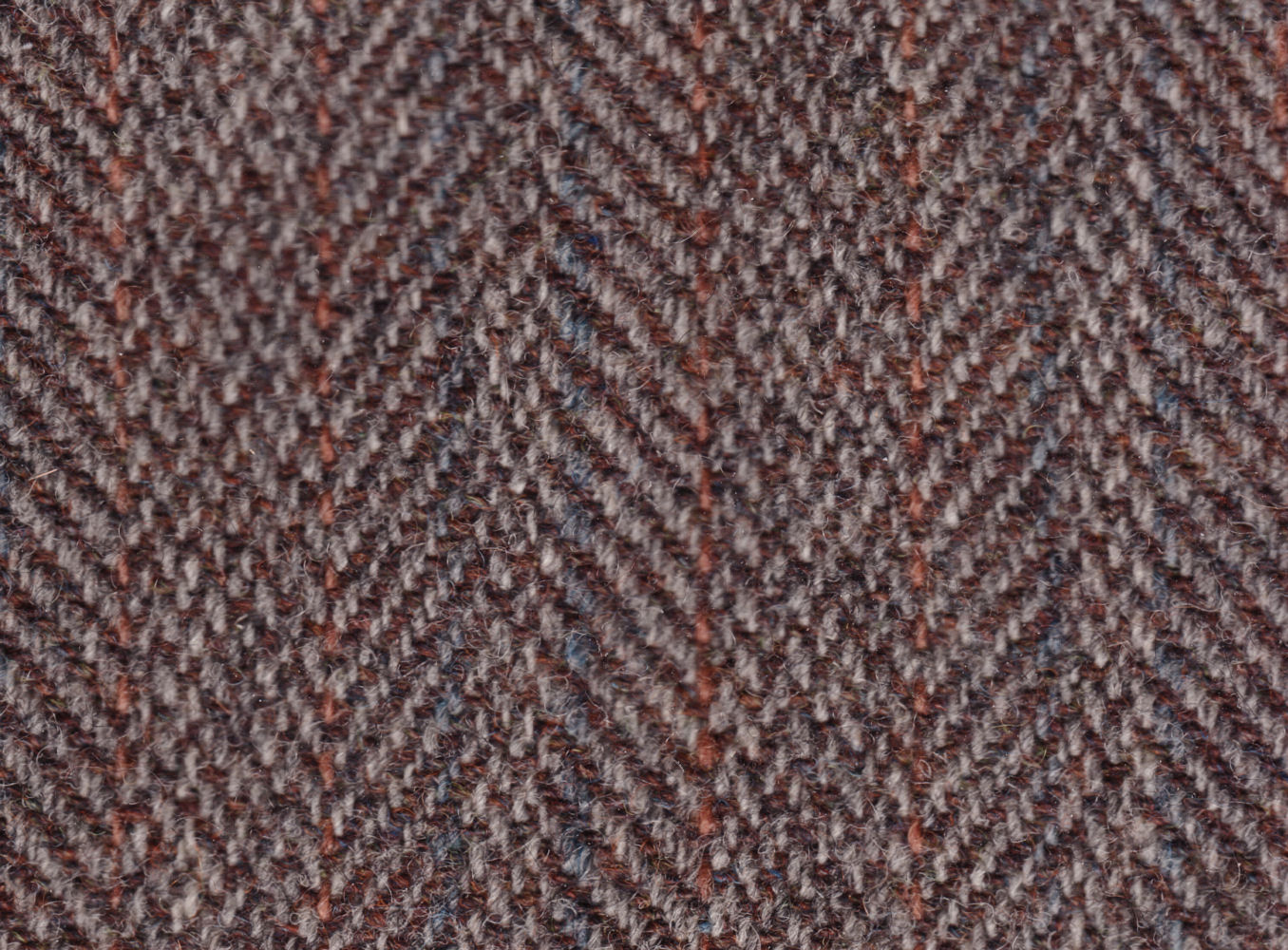|
Polycerate
Polycerates (meaning "many-horned") are animals with more than two horn (anatomy), horns. Sheep Polyceraty has been observed in ancient sheep remains dating to 6000 BCE from Çatalhöyük in modern Turkey. Polycerate sheep breeds include the Hebridean sheep, Hebridean, Icelandic sheep, Icelandic, Jacob (sheep), Jacob, Manx Loaghtan, Boreray (sheep), Boreray and the Navajo-Churro sheep, Navajo-Churro. One example of a polycerate Shetland sheep was a ram kept by US President Thomas Jefferson for several years in the early 19th century in front of the White House. In the spring of 1808 this ram attacked several people who had taken shortcuts across the square, injuring some and actually killing a small boy. Because of selective breeding, polycerate sheep are increasingly rare in the British Isles and Spain, but some breeds can still be found in Asia. One example is the black-faced sheep of Tibet. Goats There have been incidents of polycerate goats (having as many as eight horns), a ... [...More Info...] [...Related Items...] OR: [Wikipedia] [Google] [Baidu] [Amazon] |
Horn (anatomy)
A horn is a permanent pointed projection on the head of various animals that consists of a covering of keratin and other proteins surrounding a core of live bone. Horns are distinct from antlers, which are not permanent. In mammals, true horns are found mainly among the ruminant artiodactyls, in the families Antilocapridae ( pronghorn) and Bovidae ( cattle, goats, antelope etc.). Cattle horns arise from subcutaneous connective tissue (under the scalp) and later fuse to the underlying frontal bone. One pair of horns is usual; however, two or more pairs occur in a few wild species and in some domesticated breeds of sheep. Polycerate (multi-horned) sheep breeds include the Hebridean, Icelandic, Jacob, Manx Loaghtan, and the Navajo-Churro. Horns usually have a curved or spiral shape, often with ridges or fluting. In many species, only males have horns. Horns start to grow soon after birth and continue to grow throughout the life of the animal (except in pronghorns, whi ... [...More Info...] [...Related Items...] OR: [Wikipedia] [Google] [Baidu] [Amazon] |
Navajo-Churro Sheep
The Navajo-Churro, or Churro for short, (also American or Navajo Four-Horned) is a breed of domestic sheep originating with the Spanish Churra sheep obtained by the Diné around the 16th century during the Spanish Conquest. Its wool consists of a protective topcoat and soft undercoat. Some rams have four fully developed horns, a trait shared with few other breeds in the world. The breed is highly resistant to disease. Ewes often bear twins, and they have good mothering instincts. This breed is raised primarily for wool, although some also eat their meat. The common Diné word for the breed, , means "long fleeced sheep." is also occasionally used, meaning "first sheep." The churro is important to Diné subsistence and culture. History The Spanish Churra (renamed Churro by American frontiersmen) was first imported to North America in 1598 by Juan de Oñate and used to feed Spanish armies and settlers. By the 17th century, Churros were popular with the Spanish settlers in the up ... [...More Info...] [...Related Items...] OR: [Wikipedia] [Google] [Baidu] [Amazon] |
Wildpark Tambach
Wildpark or Wild Park may refer to: *Wildparkstadion, a sports arena in Karlsruhe, Germany *Wildpark-Höfli railway station on the Zürich S-Bahn, Switzerland *Wild Park Wild Park is a Local Nature Reserve adjacent to Lewes Road in Brighton, East Sussex. It is owned and managed by Brighton and Hove City Council. It includes Hollingbury Castle, an Iron Age hillfort which is a Scheduled Monument In the Un ..., a park in Brighton, England {{disambiguation de:Wildpark ... [...More Info...] [...Related Items...] OR: [Wikipedia] [Google] [Baidu] [Amazon] |
Serpent (symbolism)
The serpent, or snake, is one of the oldest and most widespread mythological symbols. The word is derived from Latin ''serpens'', a crawling animal or snake. Snakes have been associated with some of the oldest rituals known to humankindRobbins, Lawrence H., Alec C. Campbell, George A. Brook, Michael L. Murphy (June 2007). "World's Oldest Ritual Site? The 'Python Cave' at Tsodilo Hills World Heritage Site, Botswana". Nyame Akuma. ''Bulletin of the Society of Africanist Archaeologists'' (67). Retrieved 1 (2010). and represent dual expression of good and evil. The historian of religions Mircea Eliade observed in ''The Myth of the Eternal Return,'' "the serpent symbolizes chaos, the formless and nonmanifested." In ''The Symbolism of the Cross'', Traditionalist René Guénon contended that "the serpent will depict the series of the cycles of universal manifestation," "the indefinitude of universal Existence," and "the being's attachment to the indefinite series of cycles of manifestati ... [...More Info...] [...Related Items...] OR: [Wikipedia] [Google] [Baidu] [Amazon] |
Cerastes
The cerastes (Greek: κεράστης, transliteration: ''kerastēs'', meaning "having horns" - kerastês, ou, ho, ''horned'', elaphos Soph. El. 568; kantharos IDEM=S.''Ichn''.300; of a ram, ô kerasta Eur. Cycl. 52 (lyr.); Pan Antip.ti=E. ''Oxy''.662.49, Corn. ''ND27''; Saturoi Luc.''Bacch''.1:-- # fem. kerastis, idos, of Io, Aesch. PB 674. II. as Subst., ''horned serpent'' or ''asp'', ''Cerastes cornutus'', Nic. ''Th''.258, LXX Pr.23.32, D.S.3.50, Ael.''NA''1.57; hoi k. opheis Call.Hist. 3. 2. ''pest which destroys fig-trees'', Thphr.''HP''4.14.5, au=Thphr. HP 5.4.5.) is a creature of [...More Info...] [...Related Items...] OR: [Wikipedia] [Google] [Baidu] [Amazon] |
Blue Wildebeest
The blue wildebeest (''Connochaetes taurinus''), also called the common wildebeest, white-bearded gnu or brindled gnu, is a large antelope and one of the two species of wildebeest. It is placed in the genus ''Connochaetes'' and Family (biology), family Bovidae, and has a close taxonomic relationship with the black wildebeest. The blue wildebeest is known to have five subspecies. This broad-shouldered antelope has a muscular, front-heavy appearance, with a distinctive, robust snout, muzzle. Young blue wildebeest are born tawny brown, and begin to take on their adult coloration at the age of 2 months. The adults' hues range from a deep slate or bluish-gray to light gray or even grayish-brown. Both sexes possess a pair of large curved horn (anatomy), horns. The blue wildebeest is an herbivore, feeding primarily on short grasses. It forms herds which move about in loose aggregations, the animals being fast runners and extremely wary. The mating season begins at the end of the rainy se ... [...More Info...] [...Related Items...] OR: [Wikipedia] [Google] [Baidu] [Amazon] |
Antelope
The term antelope refers to numerous extant or recently extinct species of the ruminant artiodactyl family Bovidae that are indigenous to most of Africa, India, the Middle East, Central Asia, and a small area of Eastern Europe. Antelopes do not form a monophyletic group, as some antelopes are more closely related to other bovid groups, such as bovines, goats, and sheep, than to other antelopes. A stricter grouping, known as the true antelopes, includes only the genera '' Gazella'', '' Nanger'', '' Eudorcas'', and '' Antilope''. One North American mammal, the pronghorn or "pronghorn antelope", is colloquially referred to as the "American antelope", despite the fact that it belongs to a completely different family ( Antilocapridae) than the true Old-World antelopes; pronghorn are the sole extant member of an extinct prehistoric lineage that once included many unique species. Although antelope are sometimes referred to, and easily misidentified as, "deer" ( cervids), true ... [...More Info...] [...Related Items...] OR: [Wikipedia] [Google] [Baidu] [Amazon] |
Goat
The goat or domestic goat (''Capra hircus'') is a species of Caprinae, goat-antelope that is mostly kept as livestock. It was domesticated from the wild goat (''C. aegagrus'') of Southwest Asia and Eastern Europe. The goat is a member of the family Bovidae, meaning it is closely related to the sheep. It was one of the first animals to be domesticated, in Iran around 10,000 years ago. Goats have been used for milk, Goat meat, meat, Animal fur, wool, and Animal skin, skins across much of the world. Milk from goats is often turned into goat cheese, cheese. In 2022, there were more than 1.1 billion goats living in the world, of which 150 million were in India. Goats feature in mythology, folklore, and religion in many parts of the world, including in the classical myth of Amalthea (mythology), Amalthea, in Tanngrisnir and Tanngnjóstr, the goats that pulled the chariot of the Norse god Thor, in the Scandinavian Yule goat, and in Hinduism's goat-headed Daksha. In Christianity and ... [...More Info...] [...Related Items...] OR: [Wikipedia] [Google] [Baidu] [Amazon] |
Thomas Jefferson
Thomas Jefferson (, 1743July 4, 1826) was an American Founding Fathers of the United States, Founding Father and the third president of the United States from 1801 to 1809. He was the primary author of the United States Declaration of Independence, Declaration of Independence. Jefferson was the nation's first United States Secretary of State, U.S. secretary of state under George Washington and then the nation's second vice president of the United States, vice president under John Adams. Jefferson was a leading proponent of democracy, republicanism, and Natural law, natural rights, and he produced formative documents and decisions at the state, national, and international levels. Jefferson was born into the Colony of Virginia's planter class, dependent on slavery in the colonial history of the United States, slave labor. During the American Revolution, Jefferson represented Virginia in the Second Continental Congress, which unanimously adopted the Declaration of Independence. ... [...More Info...] [...Related Items...] OR: [Wikipedia] [Google] [Baidu] [Amazon] |
Boreray (sheep)
The Boreray, also known as the Boreray Blackface or Hebridean Blackface, is a breed of sheep originating on the St Kilda archipelago off the west coast of Scotland and surviving as a feral animal on one of the islands, Boreray. The breed was once reared for meat and wool, but is now used mainly for conservation grazing. The Boreray is one of the Northern European short-tailed sheep group of breeds. It is one of the rarest breeds of sheep in the United Kingdom. The breed is classed as "Category 3: Vulnerable" by the Rare Breeds Survival Trust, because 500–900 breeding ewes are known to exist. It had previously been the only breed classed in "Category 2: Critical" but by 2017 the population had grown. St Kilda sheep St Kilda is a remote archipelago, west of the Outer Hebrides. Several types of sheep have been associated with St Kilda. In addition to the Boreray, these include the Soay sheep, a feral type from Soay (one of the other islands in the St Kilda archipelago), a ... [...More Info...] [...Related Items...] OR: [Wikipedia] [Google] [Baidu] [Amazon] |








